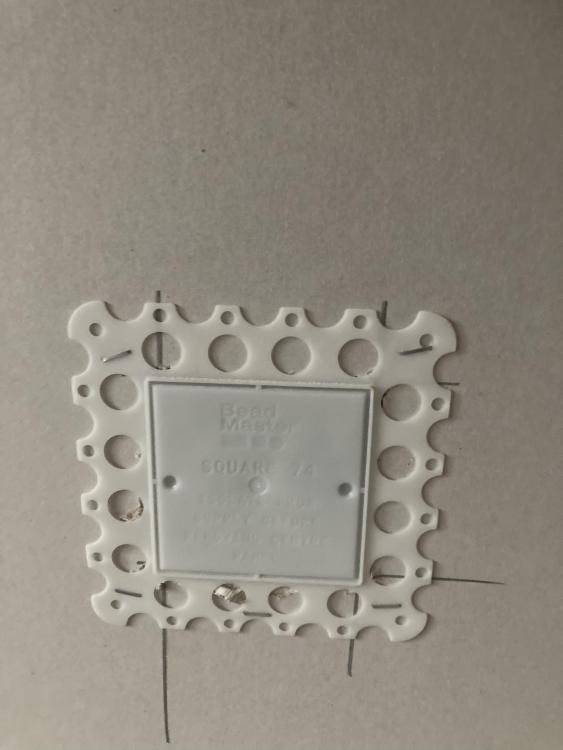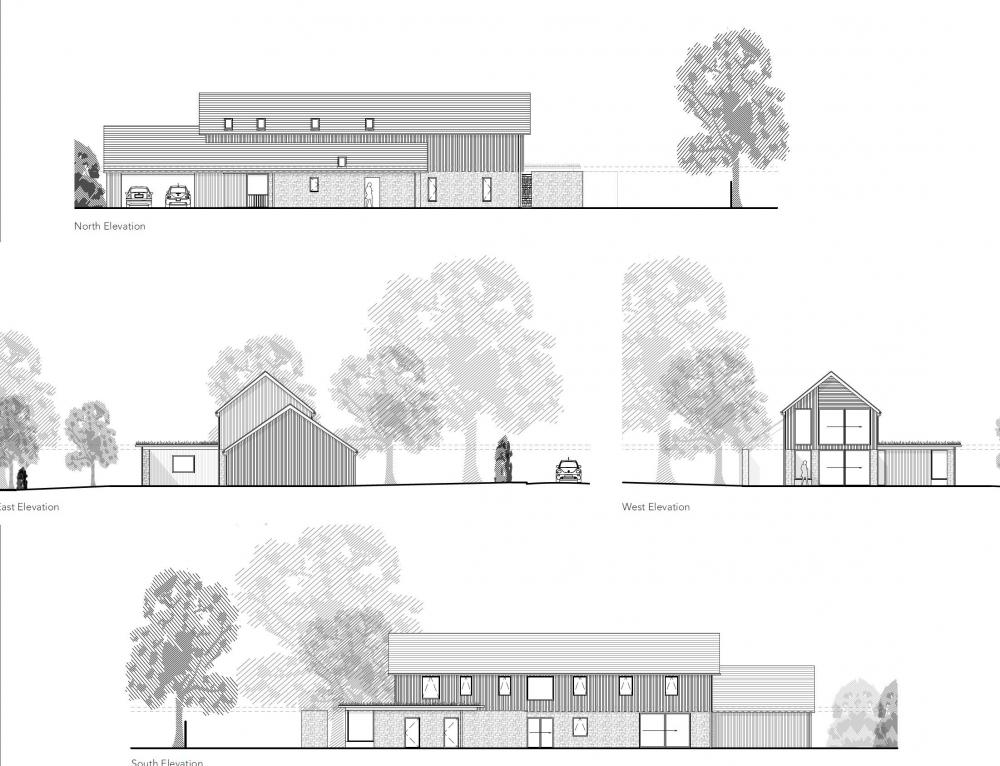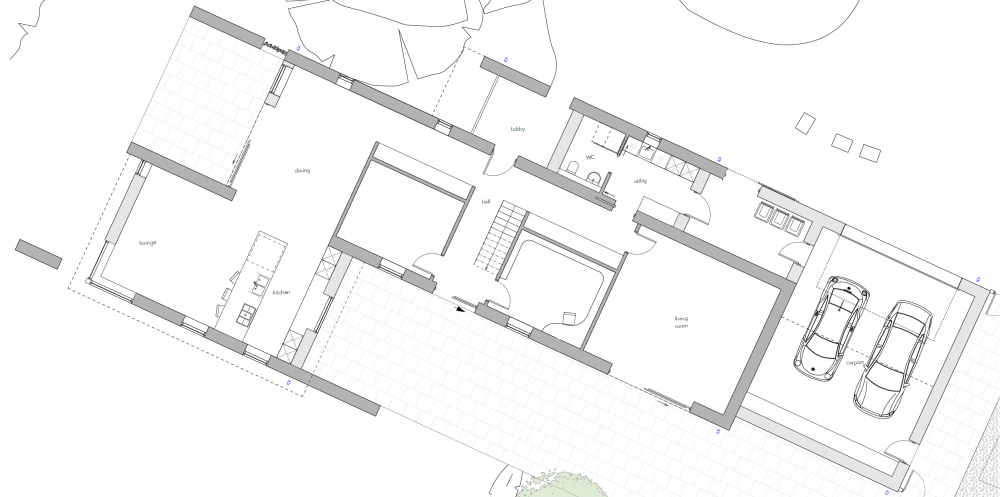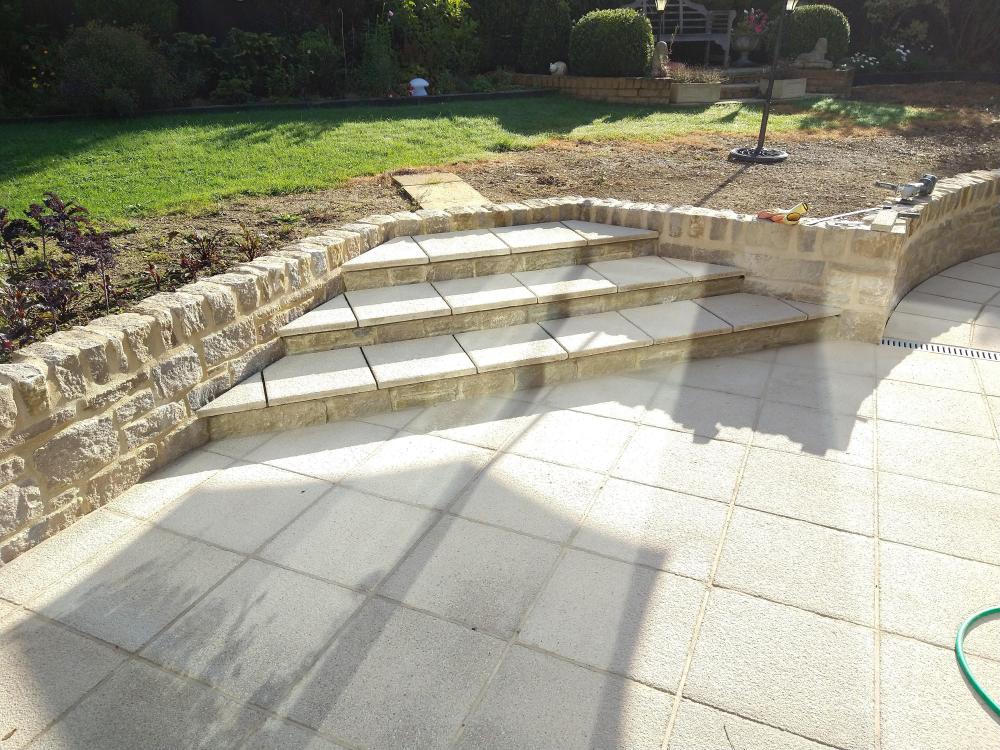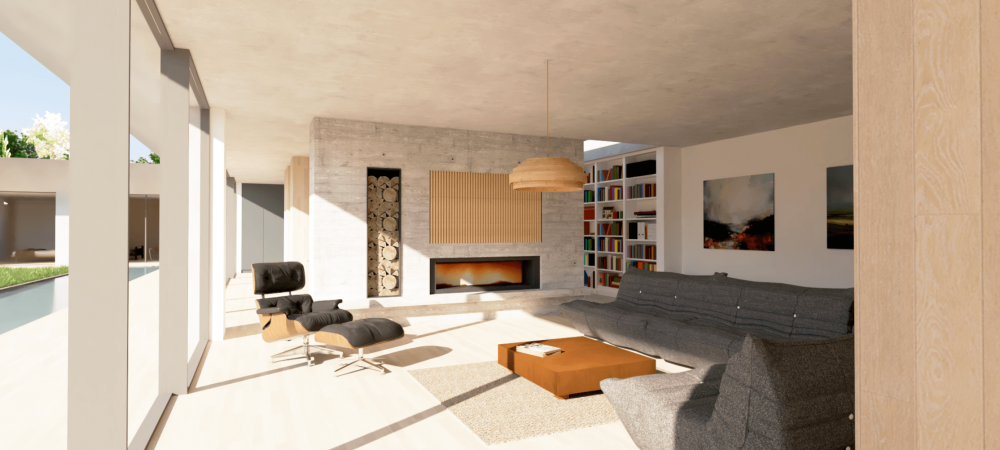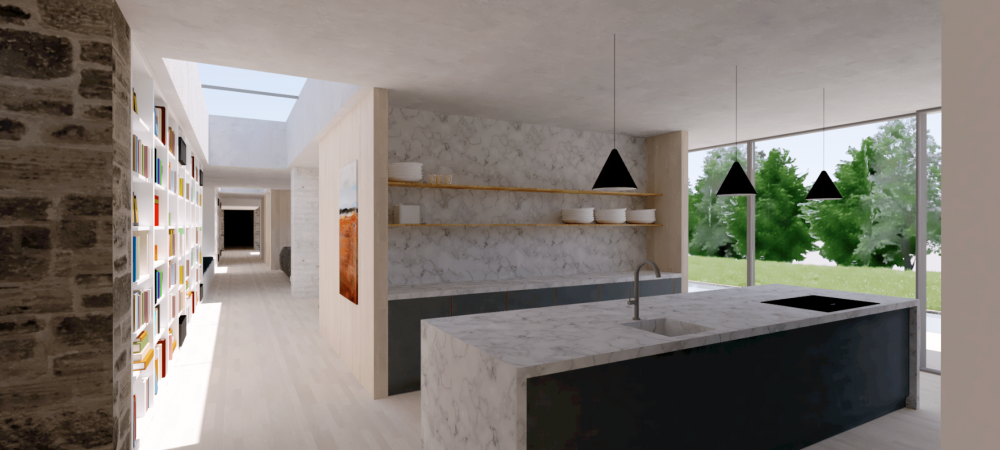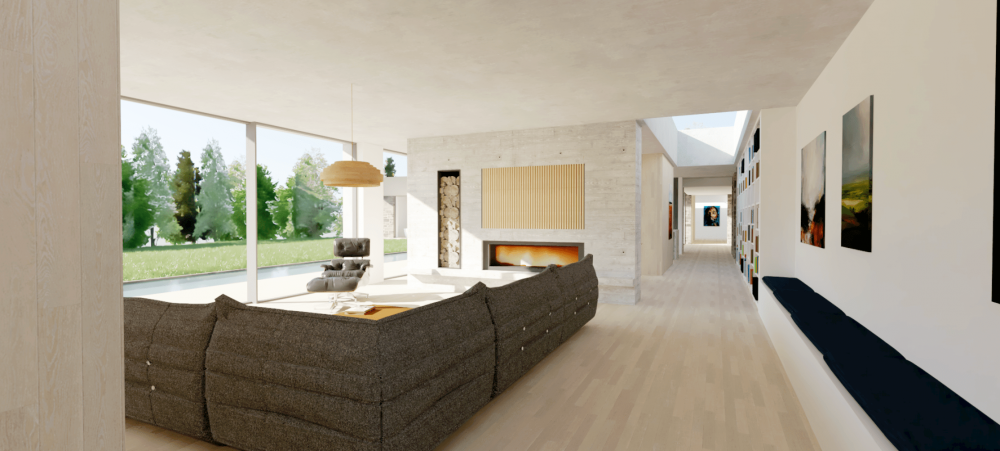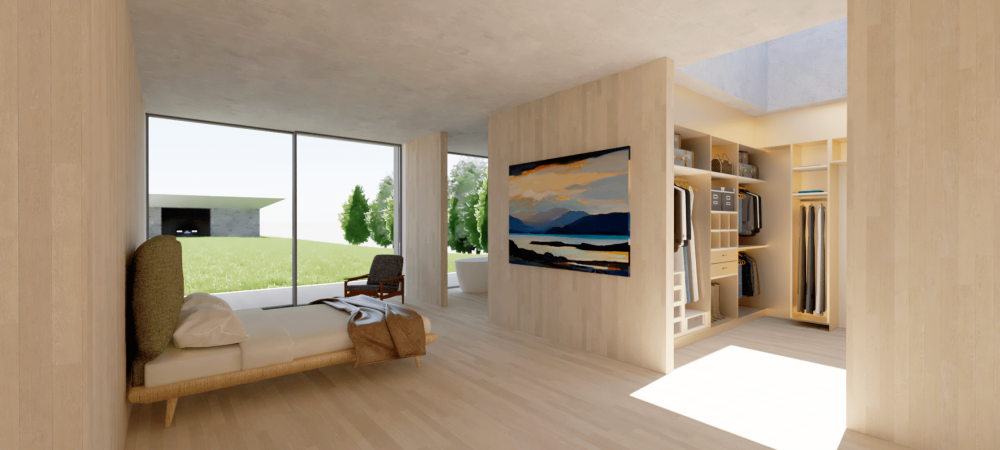Leaderboard
Popular Content
Showing content with the highest reputation on 12/08/21 in all areas
-
After some wine I think I typed in “ big bollock door knockers “ ; but it’s all a bit of a blur to be honest2 points
-
If they said equivalent then it should be equivalent, get your money back and find one that meets your (the UK standard) spec.2 points
-
I have started this thread to discuss all aspects of the LG Therma V Air Source Heat Pump that I am just installing and in particular a control strategy for it. I have the 5KW monoblock version of this unit. But first I want to talk about water flow rate requirements. This is an essential subject, but one completely overlooked in the installation manual, and I could not find anything searching on the internet, so feel it is time for some simple clear and concise information. When I first connected my heat pump and tried to run it, it almost immediately tripped on a "CH14" error which is water flow rate. The installation manual does not quote a minimum or a maximum water flow rate which I find an astonishing omission. Before I did anything else, I went and bought a flow meter and installed that so I had a measure of the water flow rate that I was achieving, and that came back with a figure of 14 litres per minute. It then took an email exchange with LG technical to be told the flow switch is "Set to 10 litres per minute plus or minus 3" So I guess my 14 l/m was just failing to trigger the flow switch. In my case I solved this by adding a second circulating pump external to the heat pump, and that boosted my flow rate to 20 litres per minute and the unit then sprang into life. During my email exchange with LG technical, they sent me a copy of the service manual for this unit. I won't post that for download, but if anyone wants a copy I will send it by email if you send me a PM.1 point
-
1 point
-
Hi all, My wife and I are about to put in a planning application for our self-build in North Wiltshire. We live in a 1950's farm cottage - dispel any bucolic imagery, it's very ugly and it leaks water and air like a sieve! It is, however, in open countryside with great views and a large (1200sqm) plot. The plan is to do an almost entirely DIY build in the garden before demolishing the existing cottage. We want to get the new build up to passive house standards but not bothering with the certification. Will likely be using ICF on insulated slab. I want to move us almost entirely onto electric, including for heating and hot water. We already have 2 electric cars, a Leaf and a Skoda Enyaq and I'm looking forward to advice and debate on the best way to achieve all electric in a low-cost way! Attached are the plans that we're soon submitting to planning (already gone through pre-application). Any thoughts or advice would be much appreciated.1 point
-
1 point
-
1 point
-
I think this point is all too easily overlooked. From personal experience, my advice to people who plan to work from home is to take every opportunity to minimise temptations to slip seamlessly between home and work as it is both counterproductive and can become a pressure-cooker for stress. We deliberately left an 'air gap' between our home and an outbuilding we recently extended to operate our business from. It may mean making a quick dash when raining but that's an important part of the overall philosophy. It would have been all too easy to link the buildings and wander from room to room but now the conscious decision to 'go to work' then 'come home' feels much better.1 point
-
seriously, dig into the hill a bit more and put the plant next to/near the cinema. you could have rooms there that don't need natural light so it's perfect for a cinema, gym, plant room etc. means you won't have to use up your garage with plant.1 point
-
Definitely bins next to the house and drag them up the drive on bin day. I am convinced my present car had a towbar fitted just for that purpose as it was not wired for towing electrics and the tow ball looked like new. You will need an outdoor clothes drying area for Scottish building regs. Of course you could take it down afterwards.1 point
-
As you do.... Out of interest which one did you go for? I mean, after such a success you had to hit 'buy now'!1 point
-
With modern adhesives you can tile over anything Plasterboard is as good as anything and cheap1 point
-
As said above, if you build to passive standards your house will have quite a low heat requirement. Low temp UFH is therefore an ideal method to deliver that heat requirement. If you have an insulated slab, the UFH pipes are fixed to the mesh ahead of the slab pour and the slab is heated as a single zone. Saves cost on another layer of insulation & screed etc. If you use an ASHP, this can be reversed in summer and the slab can be cooled to just above the dew point. If this is not of interest there are other ideas above on how to generate the heat for the UFH and also your domestic hot water (DHW). Your bedrooms should not require separate heating but you can make provision and install later if required. Nice to have warm bathroom floors if tiled (low power electric ufh is good option here) and towel rads for warm towels. MVHR is a must in a passive standard house as you'll have high degree of airtightness through use of ICF and will likely spec decent windows without trickle vents etc. While MVHR is not good at moving heat around (very low airflow) it does ventilate very efficiently with minimal heat loss. You can consider introducing additional heat (or cooling) to the MVHR system, just be aware that at best it will act as a trim and not the main source of warmth.1 point
-
1 point
-
1 point
-
Nobody wants it to happen, you hope it don't happen, and when it happens, it happens, I've had it happen, I am not happy when it happens. Thank goodness you'd popped out and you weren't out out.??? Progress can be painful, but at least its progress.1 point
-
UFH is definitely something I wouldn't be without in a well-insulated house, especially downstairs.1 point
-
My setup is nearly as simple as it can be - single thermostat, single downstairs zone - but I do find weather compensation to help. I run 25 degrees when the temperature is above (from memory) 7 degrees, with a linear rise to 28 degrees as the temperature drops to 0 degrees. Could be my imagination, but I found that running at 25 degrees fixed would leave the house feeling a bit cool during a long cold spell. It adds almost no complexity. I set the curve once on the main ASHP controller, and haven't really looked at it again in several years.1 point
-
1 point
-
This is a topic that always irks me to be honest, one that invokes heated debated and I'm right you're wrong answers. In my honest opinion, SBD is no better than RC2 - they are both based on EN1627-30 which is the European standard. I have supplied European windows into the UK market for years and one supplier refuses to obtain additional certification (SBD/Pas24) for certifications they already have (EN1627-30). Gravenhill is an example and one that @Visti will confirm. Every single document/test etc. had to be supplied to the insurance company, to be able to use the product they wanted to use. This wasn't that long ago and after PAS24:2016 was introduced and full acceptance of EN1627-30 as equivalent or better. Is RC3 poorer to PAS24:2016? No in my honest opinion - I'd actually say it's better. I'll happily get you a run of the mill window for you, Pas24:2016 certified versus a European window that is RC2 certified (8 point locking, laminated glass & glued into the frame) & (I can pretty much guarantee which window you'll break into first). RC Table below DIN EN 1627 DIN V ENV 1627 (until 09/2011) Resistance time Type of offender / procedure RC 1 N 3 min Components in resistance class 1 offer basic protection against attempted forced entry with physical violence, such as kicking or pulling out. This class comprises only windows with standard glazing. RC 2 N WK 2 without safety glass 3 min Casual thieves use simple tools as well, such as screwdrivers, pliers and wedges, to break open the closed and locked component. Forced entry is supposed to be prevented by other means, for this reason only standard glazing is installed. RC 2 WK 2 3 min Expected burglar type and burglar behaviour correspond to class RC 2 N. The installation of a safety glass according to EN 356 is mandatory. RC 3 WK 3 5 min The habitual burglar uses a second screwdriver and a crow-bar as well to break open the closed and locked component. RC 4 WK 4 10 min The experienced burglar uses sawing and hammering tools as well, such as axes, chisels, hammers and battery-operated drills. RC 5 WK 5 15 min The experienced burglar uses high-performance power tools as well, such as drills, sabre saws and grinders with a maximum wheel diameter of 125 mm. RC 6 WK 6 20 min The experienced burglar uses high-performance power tools as well, such as drills, sabre saws and grinders with a maximum wheel diameter of 250 mm. Secure By Design requirements Alternative accreditation can be demonstrated by appropriately qualified test facilities that are signatories of the EA Multilateral Agreement (EA MLA); such test and certification organisations should take due regard to the UK Police Service Secured by Design Interpretive document for BS EN 1627:2011, BS EN 1628:2011, BSEN1629:2011and BSEN1630:2011 (for products tested and certificated to PAS 24): RC2 is widely accepted as equivalent to PAS:24 https://www.securedbydesign.com/guidance/test-certification-facilities Also important to note, that RC2N no longer exists.1 point
-
Semantic question, should it go on top or underneath the insulation, I always put it on top arguing that there it would act as a vapour barrier too, whereas underneath it could actually collect condensation if it got below dew point down there.1 point
-
For context we are between Aberdeen and Inverness, big southwest window, with large roof overhang. Very well insulated, once the heat starts building up, on a still afternoon/evening, even opening the windows has a small effect.1 point
-
The requirements when I built mine (check they have not changed) was smoke alarms in hall, landing (within 3 metres of each bedroom,. may need to id a large landing) living room, and heat alarm in kitchen. So 4 alarms for a typical property. I chose to add additional ones not actually required, another smoke alarm in the utility room (I would rather know the tumble dryer was smouldering long before the smoke started coming under the door, shut to keep the noise in) and plant room (again it is remote I want an early indication of something hot and bothered) You will also need CO alarms for a room with a combustion appliance and a room with a flue passing through it. If cost is your worry, how does £16.44 sound for an Aico mains smoke alarm? https://www.ebay.co.uk/itm/174151783726 I but lots from that seller, always quick delivery and they a re genuine new, up to date units. Heat alarms I usually find about £30 and CO usually about £401 point
-
I found the mortar made with Snowcrete to be incredibly sensitive to the colour of the sand. Our house was built with purbeck sandstone set in a mortar composed of one part both white cement and lime with six parts of what was referred to as 'ginger' sand by the planners (to match local buildings) and when I built some recent additions I had a hard time matching it. I ended up with three different sand supplies and had to mix them carefully to get a decent match. What did suprise (and please) me was when it came to pointing the patios I wanted a slightly different look and mixed up some grey OPC with the 'gingerest' of the three (because I still had a ton of that left over). The mortar came out quite a light buff which blended nicely with the slabs.1 point
-
The domestic alarms for new build are normally mains heat and / or smoke detectors with integral sounders and battery backup, interlinked so that they will all activate. They are installed by the sparky. Battery only alarms are not acceptable for new build. Commercial alarms have a central control panel where the building can be split into zones. The sensors and sounders are often separate. They may have break glass type call points. They normally need an annual service and installation from a fire alarm specialist.1 point
-
You could well be right and it can be modelled. In some places you can just open a window to prevent overheating but in others it will still be oppressively hot. The 7 figure budget is rather vague. I would not expect this to cost less than a £1M with a main contractor but you may not want to go too crazy. There is a Corten house just down from me that was on Grand Designs. I am not a great fan of the finish and it is not that easy to work with. Make sure you get detailed costings, especially on the non-standard bits like the retaining wall and the cantilevered roof canopy, before you apply for planning consent. The interior stuff you can change if you need to but the exterior form and finishes is part of the consent.1 point
-
I agree on that point. personally I think the entrance will be awesome and love the way that the house is hidden and only that small building is visible. I hope you get this project going and update the forum as I will follow this with much interest.1 point
-
Yup. The extended longevity of the HP is a big bonus, especially if you’re using the HP for cooling. It’s a big swing from cool > very hot > cool again, x number of times per day, plus an awful lot of losses via the HP and connective pipework etc. With E7 / E10 or octopus etc it’s very easy and economical to go direct. I’m now looking at UVC’s with 2x 3kW immersions set at different temps. The lower ( 65oC ) to go onto grid and the higher ( 80oC ) for the PV. This is a plan to maximise economies during the summer and use the higher temps for the excess PV to offset the nighttime grid ‘top up’. During the winter the higher temp immersion would only be used typically to try and only heat the ( oversized ) UVC once a day in winter.1 point
-
Nice looking project. I'd definitely be looking into getting three-phase power onsite if you have two electric cars and are considering running your house solely on electricity.1 point
-
Quite a few here are all electric, if your build is of a passive standard then your heat requirement will be low so low temp UFH plus a ASHP would work well. Has the advantage of running in reverse in summer to cool your GF. PV will help also - you have a nice south elevation that would work well with in roof panels.1 point
-
First off, welcome. And good luck with the application. Your plan is exactly the same as ours. I love your design: we nearly chose one very similar. We built in Durisol (DIY Max) And what fun we had ?? As many downs as ups. Nestled inside now, wind whistling round our withers, nice and warm, no heating on at all. Not finished yet - its relentless, and I'm getting a bit fed up - mostly tiredness - after 5 years non-stop work except for the odd weekend in Glasgow. I realise thats a very selfish thing to say - many would donate their eye teeth to have the chance I have been given. Use the search box on this site for DURISOL, that should give you a good insight to the ups and downs of the material and processes. There are other excellent ICFs each with their own characteristics. I would use Durisol again - but mainly because I know what to look for and what the pitfalls are. Good luck with the application, Ian1 point
-
Not always. The water can crawl along the bottom of the pipe and under trapped air, giving around 75% less cross sectional area of contact from the heated water. The water will still flow in one end and out the other and register on the flow gauge.1 point
-
It's more complicated than that. Any occupant is expected to use some of the facilities in the main house, e.g. perhaps the kitchen, or even the bathroom. If it is fully self contained and has it's own kitchen and bathroom so they live completely independent, than it fails the "incidental" test.1 point
-
Don't do it unless you think multi hour power cuts will be a monthly event. Drawing 1000 watts from a battery bank requires seriously thick cables and special connection clamps. You will need 300 to 500 amp hours of battery capacity for a working winter solution to cover a 3 hour power cut and best buy a low power kettle as well. If you cannot afford to buy a lithium battery bank the array of lead acid batteries will need to be in a vented housing. The batteries will need topping up with electrolyte and will consume power to maintain a full state of charge. 1000's of people have thought their way through this off grid challenge, most buy a 1 to 2 Kw generator for occasional use or spend £10K on a lithium + PV solution. A few die hard survivalists types build a large lead acid battery room coupled to a high quality Victron type inverter. The notion that a UK household can get through a > 30 minute winter power cut by hooking up cheap batteries via jump start cables to a 2Kw cheap inverter is just plain daft.1 point
-
1 point
-
Good catch. I thought it had to be done by a Vat registered builder. I can't edit my reply now or I would.1 point
-
From the renders the sun will be over half way into the living room. Someone on here @NSS? has Sage glass, which can be tinted automatically to reduce unwanted solar gain. Maybe worth considering now as you have the funds.1 point
-
1 point
-
Hi all, many thanks for your responses. They have helped me massively. I have learned I also need to be more transparent about how I feel and when talking / responding that I need to not talk about any emotions, but the detail. My position is this - I have concerns about the plan. I also cannot allow this plan to pass by not being properly scrutinised by those with expertise and authority - therefore I have to voice my concerns. If the plan was submitted in a way the council approved it, then I would respect the decisions. I am also going to be honest with the neighbour and the architect about this position I am taking and hope they understand i'm not trying to be a constant thawn in there side but I could work with them in the future on revised plans. However the pressure on me to be the sole decider to a decision that can have a lasting impact isn't something I can do, so I had to voice my concerns honestly.1 point
-
The new Scottish law that comes into effect next year are NOT building regulations. It is something dreamed up at Holyrood and apples to all houses, so most will be retro fit. Building regulations still apply to new builds and they are different, as are the smoke alarm requirements for rental properties.1 point
-
Council officers typically have too little time to chew on all the issues and come to a reasonable decision on relevant grounds. Anyone who makes zero demands on their time is their friend. Objectors who spout off without reason introduce more work for the officer, who has to show that the objection was at least read before approval was issued. Applicants who simply let unjustified objections flow by without requiring action from the officer are likely to be aided by objections, paradoxically. Because the long-suffering applicant is the only one making no demands on the officer's time. Only those objections which are firmly based in the development plan or other material considerations need be shot down by the applicant, if at all. Often officers will do it for the applicant, rather than issue a refusal that allows room for an appeal. Officers are merely trying to guess how an appeal might go, and to issue decisions accordingly.1 point
-
It depends what you want to achieve - it's not only the insulation quit - it's also all the other components of the partition, and whether you're only concerned with airborne sound, or if impact sound is an issue. Knauf and British Gypsum both produce useful guides. FWIW, the partitions on my next project will have staggered studs to physically & acoustically separate the two faces of the partition, with 1 layer of ply and 1 of plasterboard each side, 50mm acoustic quit between, and acoustic sealant at all edges and joints. If I was using all plasterboard instead of plasterboard + ply, that would give me 57dB nominal sound insulation.1 point
-
I have used the clear version of that on my polythene greenhouse just over 2.5yrs ago and it's still stuck solid now.1 point
-
@Marvin you could try Gorilla tape. I’ve used it for an external repair and it’s lasted 3 or 4 years so far without failing. https://www.amazon.co.uk/Gorilla-Glue-3044401-Duct-Black/dp/B001E5ZWT4/ref=asc_df_B001E5ZWT4/?tag=googshopuk-21&linkCode=df0&hvadid=223237768057&hvpos=&hvnetw=g&hvrand=4834807999352096810&hvpone=&hvptwo=&hvqmt=&hvdev=m&hvdvcmdl=&hvlocint=&hvlocphy=9046437&hvtargid=pla-312217067516&psc=1&th=1&psc=11 point
-
1 point
-
1 point
-
@PeterW @jack Who has the pipe decoiler and their is offer from another member for the use of theirs if the original has went missing in action.1 point
-
If the original one has gone missing, which I think it has, then we can donate ours now that we have finished with it. We are in Norfolk. How do tool items get moved around the country?1 point
-
OP, could you let us know how you get on once installed & trialed a few times please?1 point
This leaderboard is set to London/GMT+01:00

.jpg.c21f3ac78c9b7efd90cbdcb312744dc5.thumb.jpg.7adcad4c0e384f5ecd7d56b0618df6e5.jpg)


